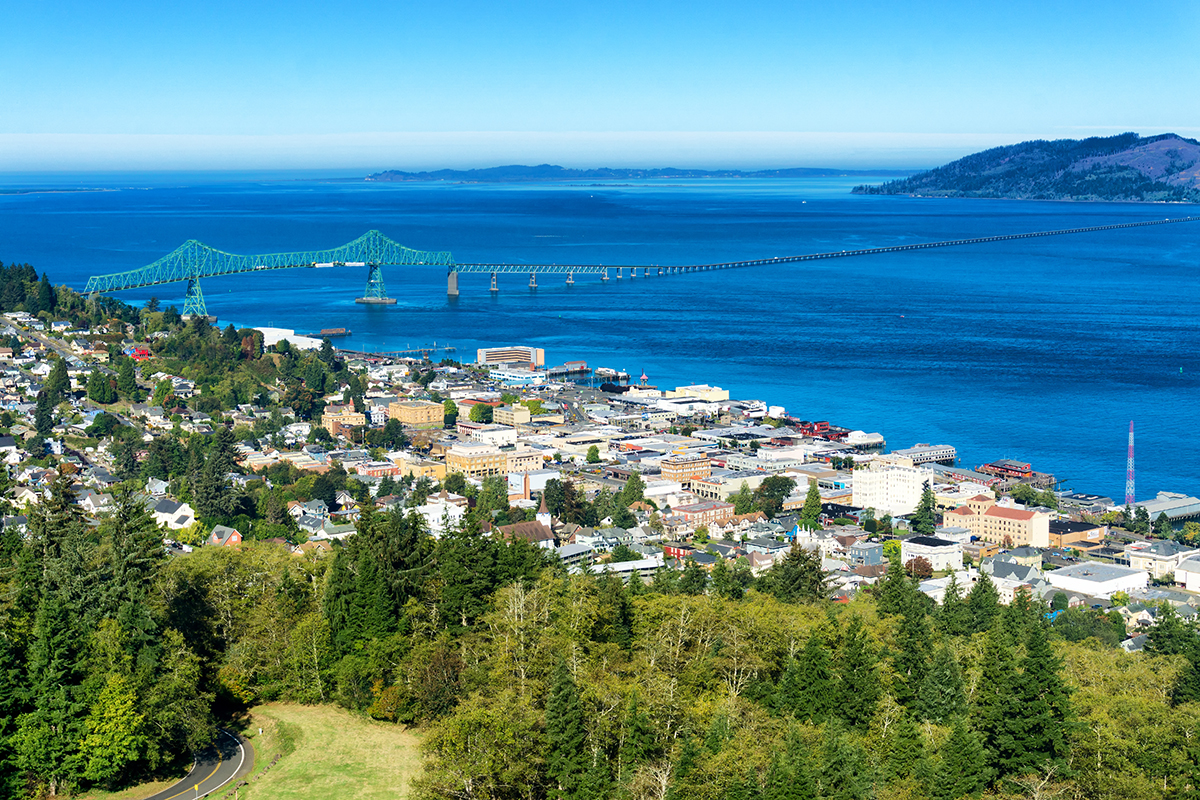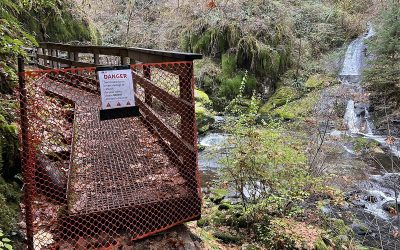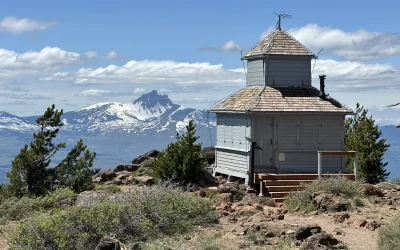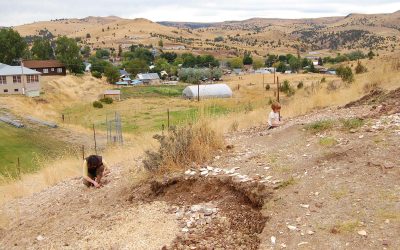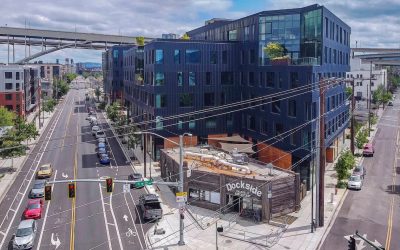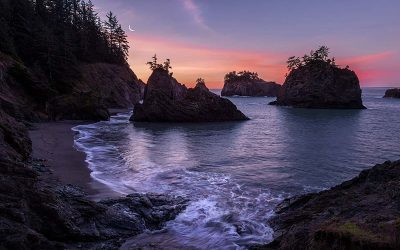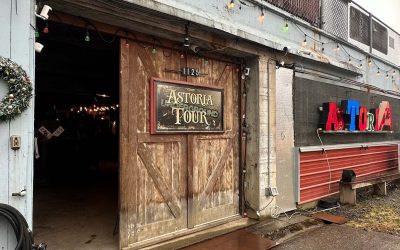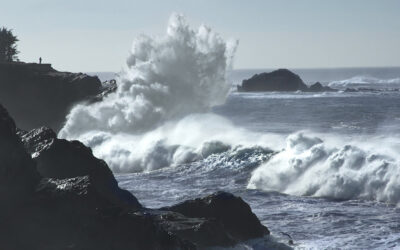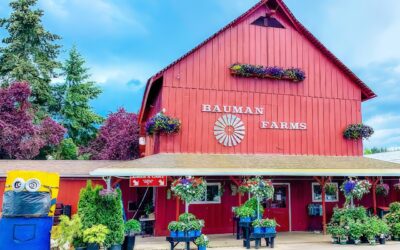Oregon’s Astoria-Megler Bridge stands as a marvel of engineering, offering breathtaking views of the twinkling hills of Astoria and the expansive mouth of the Columbia River. This steel cantilevered truss bridge, painted a pale green, spans 4.1 miles, making it the longest continuous truss bridge in North America. A feat of both imagination and engineering, the Astoria-Megler Bridge is a defining landmark of the Pacific Northwest and an experience in itself, with travelers drawn from near and far to marvel at its impressive scope.
A Bridge Born from History and Necessity
The bridge’s origins trace back to 1921, with a ferry service that shuttled passengers between Astoria, Oregon, and Megler, Washington. The ferry was a slow option, particularly dependent on favorable weather conditions, so talk of a bridge started as early as the 1930s. By the late 1950s, these aspirations gained serious traction. Senator Dan Thiel from Astoria spearheaded efforts to make the bridge a reality, earning it both support and skepticism, with critics labeling it the "Bridge to Nowhere." However, his advocacy paid off, with the Oregon Legislature approving the bridge project in 1959.
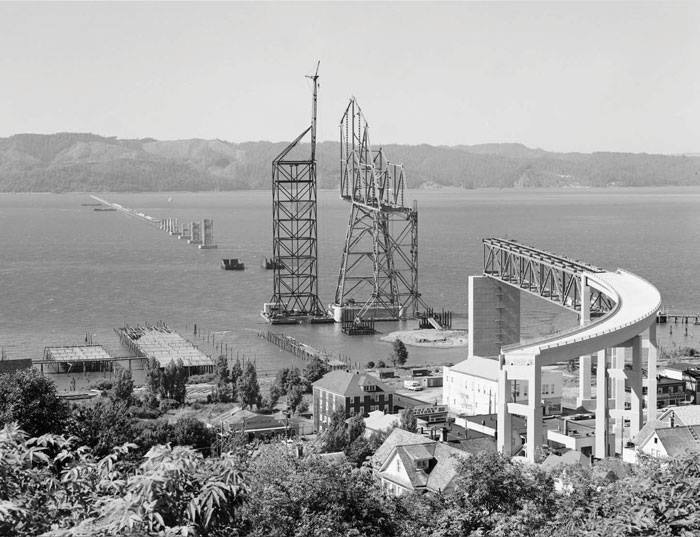
Construction on the Astoria-Megler Bridge began on November 5, 1962, backed by Oregon and Washington state funding. Building the bridge was no simple task.
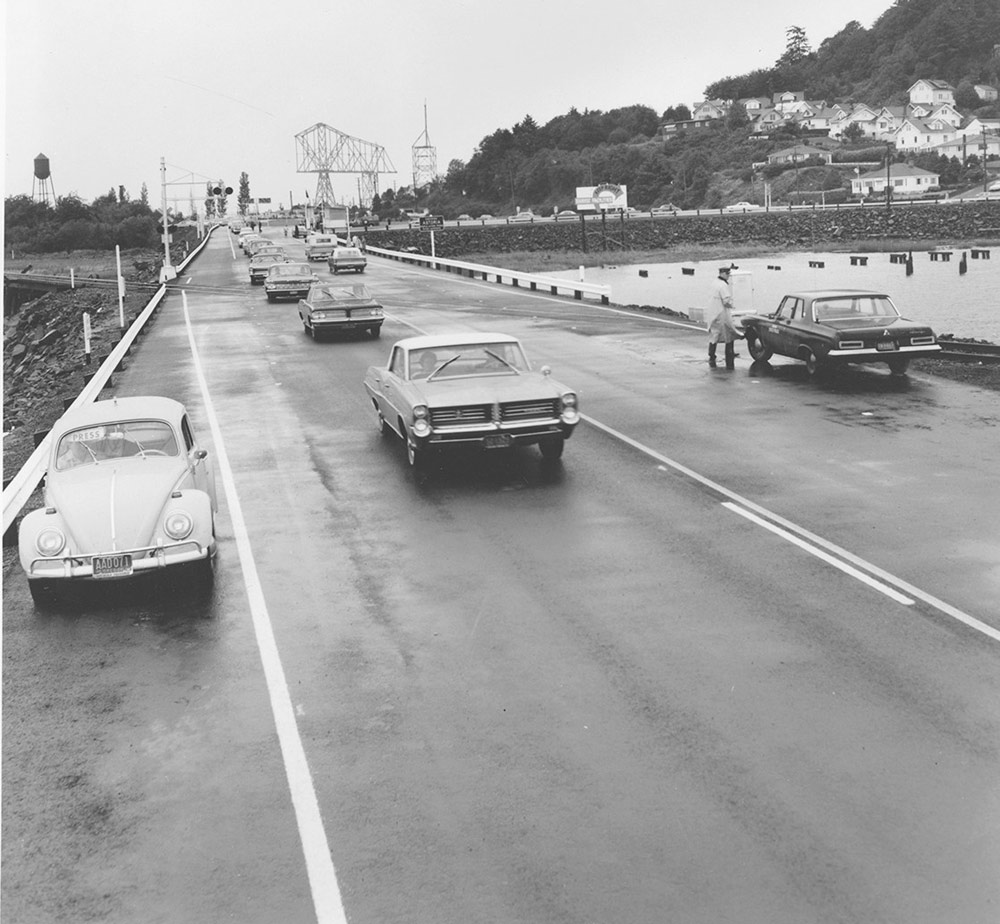
The massive steel sections were crafted in Vancouver, Washington, then transported via barge down the Columbia River, where hydraulic jacks lifted them into place. Finally, on August 27, 1966, after years of construction, the ribbon-cutting ceremony drew over 30,000 spectators to witness the bridge’s opening, complete with parades, drives, and a marathon boat race from Portland to Astoria.
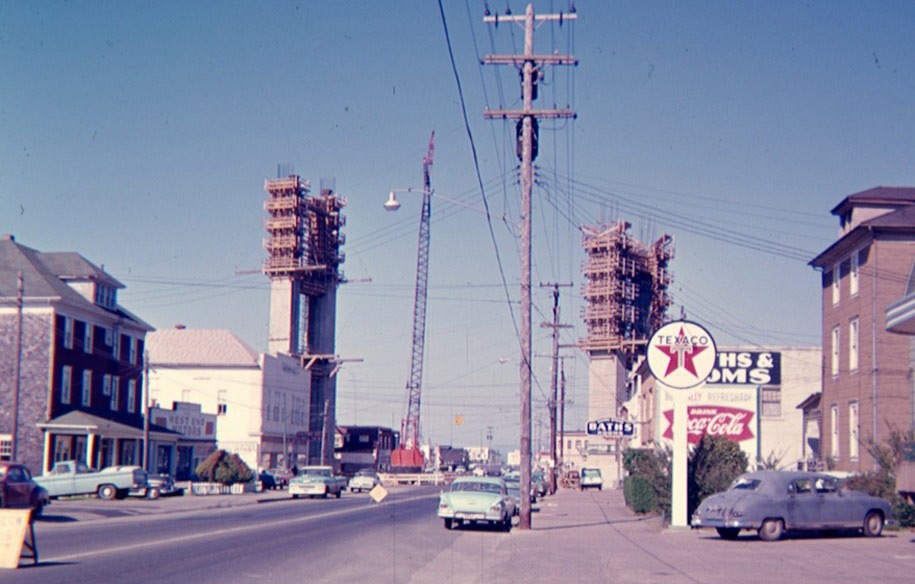
A Bridge of Epic Proportions
This architectural wonder stands as an enduring symbol of the Pacific Northwest's spirit. Spanning the Lower Columbia River with 171 piers anchored in the riverbed, the bridge was designed to endure the formidable forces of nature. Its concrete piers brace the structure against river currents of up to nine miles per hour, while the bridge itself can withstand winds of up to 150 miles per hour.
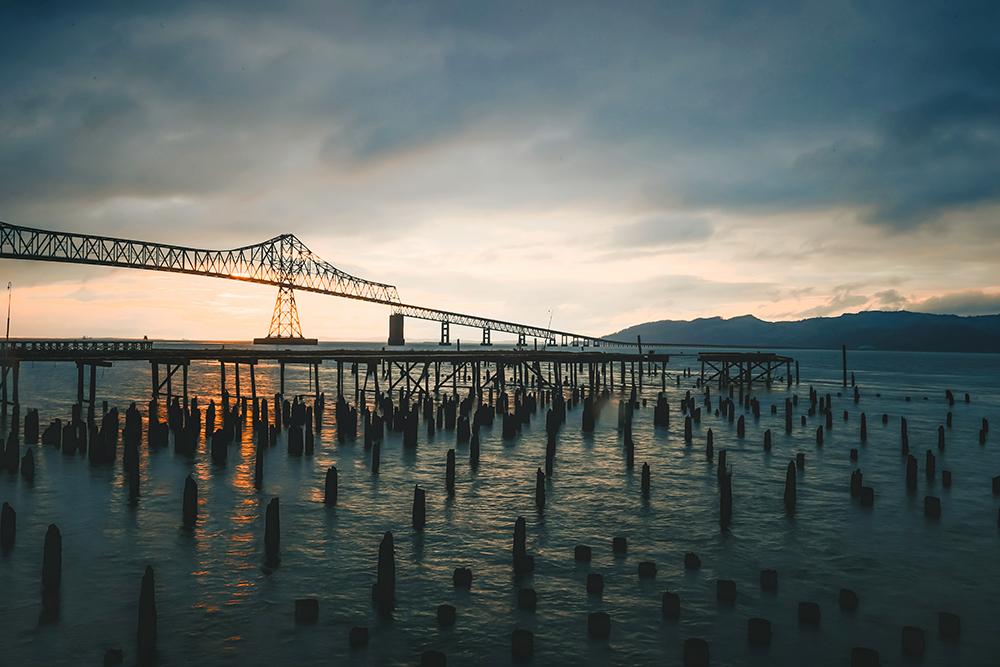
For decades, it has proven to be an unwavering fixture amidst the region’s unpredictable elements, from swift currents to floating tree debris.
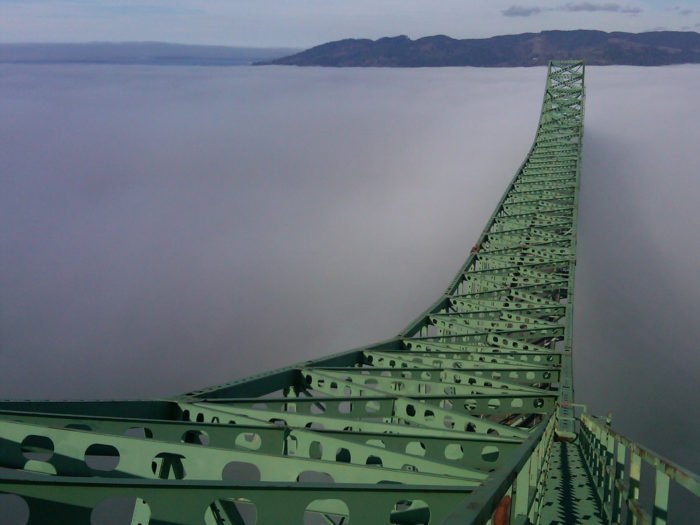
Today, approximately 6,000 vehicles cross the two-lane bridge daily, a testament to its functional importance and iconic status. Pedestrians, however, are not permitted on the bridge during regular hours, given its width of just 28 feet. Fortunately, the Great Columbia Crossing event each October opens the bridge to thousands of walkers and runners, offering a unique way to experience the span and take in the river’s beauty.
The Bridge in Popular Culture
Aside from its functional importance, the Astoria-Megler Bridge has become a cinematic icon, featuring prominently in well-loved films like The Goonies, Kindergarten Cop, and Free Willy. In The Goonies, for example, the bridge can be glimpsed in the film's opening scenes, adding a touch of regional authenticity to this Oregon classic.
Visiting the Astoria-Megler Bridge
Each year, millions visit Astoria, and a trip to this charming coastal town is incomplete without viewing the bridge. Numerous restaurants and accommodations, like the Cannery Pier Hotel, offer stunning bridge views. For those who can’t make it in person, photos provide a glimpse, but seeing the bridge up close captures the full scope and grandeur that no image can quite replicate.
With over five decades of service, the Astoria-Megler Bridge is more than just a route across the river—it’s a testament to human ingenuity and an irreplaceable Oregon icon. Whether crossing by car, admiring from the shore, or joining the Great Columbia Crossing, this is one destination that promises a lasting impression.

